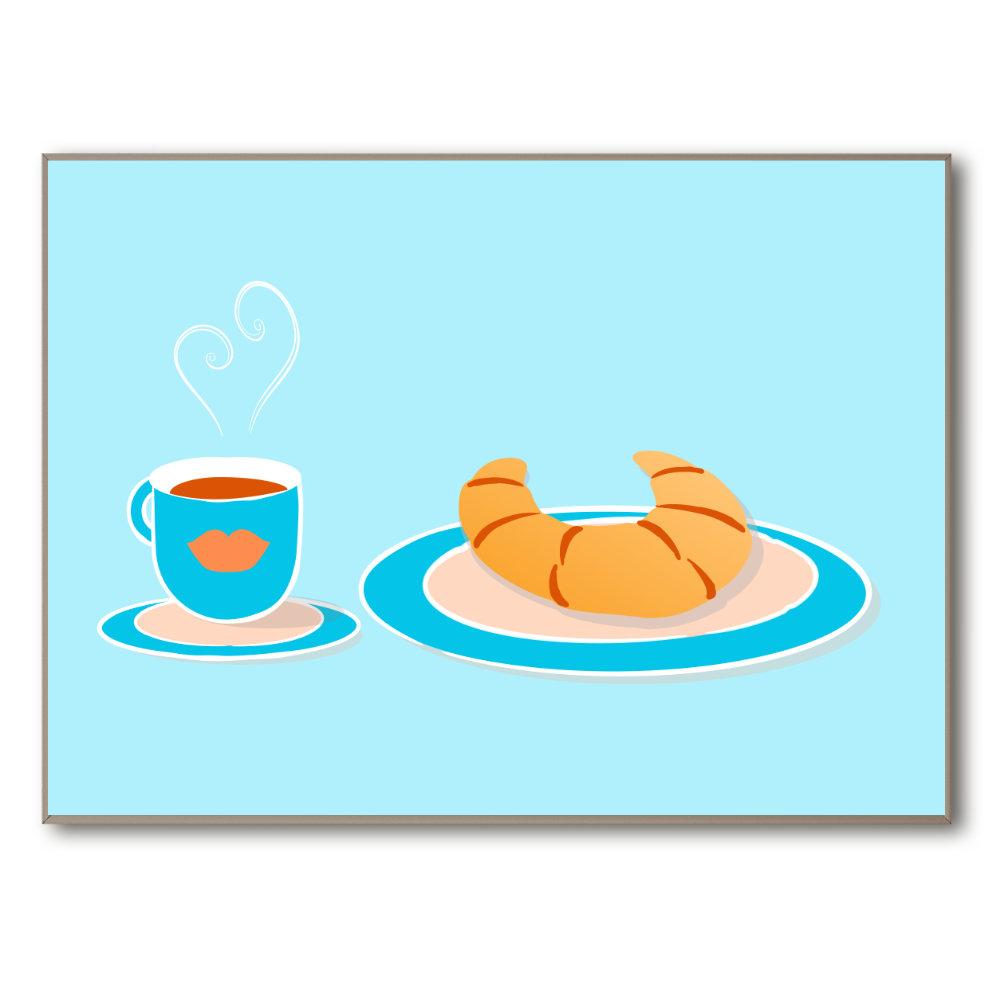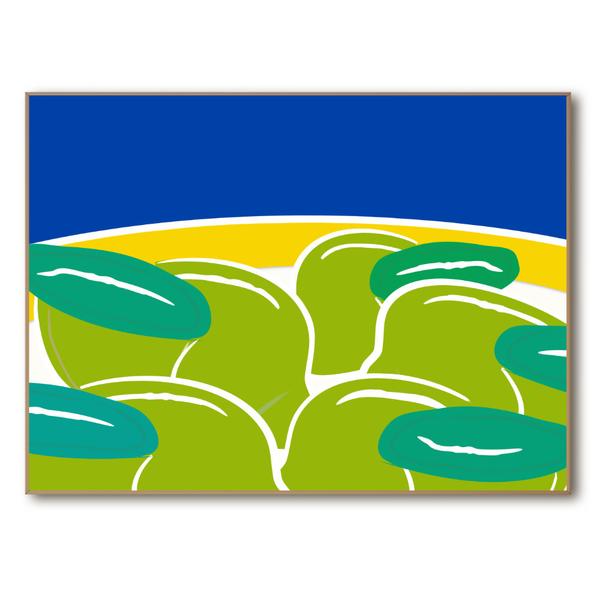The idea that French women don’t diet is a myth. Both men and women in France are actually very conscious about their health and their weight. While recent books may make it seem like French people stay naturally slim and stylish, after living in France for over 10 years, I can tell you that like people everywhere, the French also put quite an effort behind staying in shape.
And it is not just the women. A male French friend put on around 5kilos and was promptly informed by our other close friends that he had put on weight, as did his own mother. Peer pressure to remain slim is strong in France.
Obesity is considered so serious, the French government has classified it as a maladie and has set up all sorts of programs to help people lose weight, including paying for trips to the nutritionist and special spa treatments. Even during pregnancy, the government recommends that women gain around 12 kilos (26 lbs) during pregnancy, and the doctor will try to hold you to that.
So the system isn’t perfect, and we shouldn’t assume that it would be. There are a lot of compromises and it isn’t as effortless as it appears.
And with that, we get to the question of how to the French keep their weight in check? The standard advice for losing weight meaning “don’t eat carbs, don’t eat sugar, and don’t eat bread” doesn’t really apply in the land of baguette, cheese and wine. For that certain je ne sais quoi, we are going to have dig deeper.
In general, France is renowned for its gastronomy and cuisine, so most dishes don’t hold back on the fat and butter. And this is in addition to the fact that French butter has a higher fat content at 82%.
However, the French diet includes recipes that are rich in fresh meats, vegetables, fruit and fish, which are all high in fibre and protein, and including a glass or two of red wine every day.
And it is how that meal is enjoyed that is the secret. So while there is no one-size-fits-all approach to losing weight, it does involve making changes to lifestyle. There are also some rather questionable habits, that we look at, that should be avoided. And so with that, here are the best tips to keeping slim, or rather keeping healthy, from French women. Allons-y!
- 1. Smaller portions
- 2. Lots of soups
- 3. Eat slowly
- 4. Targeting being 80% full
- 5. Put down that croissant and macaron
- 6. No snacking
- 7. Avoid processed meals
- 8. Watch the salt
- 7. Vegetables as a main
- 8. No sodas or sugary drinks
- 10. Don't deprive yourself
- 11. Plan ahead and set limits
- 12. Walk everyday, take the stairs, and prioritize sleep
- 14. Have a piece of chocolate
1. Smaller portions
If you have travelled around France, you may have noticed that you simply don’t get the same portion sizes that we do in North America. A croissant in France will half the size of a croissant in the U.S.
Supersizing a meal is a pure marketing concept to make it seem like you are getting good value. However, if you are full, you are full, no need to continue eating. French meals usually include entrée-plat-dessert (meaning “starter-main-dessert”) because each portion is actually quite small.
If you just had a main dish in a normal French-size serving at a restaurant, most people would still be hungry.
2. Lots of soups
One thing most French people won’t tell you is that at home we eat a lot of soups. Lunch might have been a big business lunch with wine, but in the evening, especially in winter, the meal is likely to just be soup, pain de campagne bread, and perhaps some charcuterie.
And sadly, I don’t mean French onion soup, which has a good amount of fat in it. I mean a normal vegetable broth or cream soup that goes towards the daily recommended amount of fibre, vitamins, and minerals. This is also why the pot au feu is so popular.
3. Eat slowly
Another part of the French meal is eating slowwwly. The traditional French dinner takes over an hour, and at Christmas, be prepared to be eating for 3-4 hours.
French workplaces are required to provide atleast 45 minutes for lunch, and you are legally not allowed to eat at your desk. Eating slowly gives the stomach time to send the signal that it is full, which is very helpful when trying to control portion sizes.
4. Targeting being 80% full
How many times have you finished a meal and exclaimed “I’m stuffed!”. Unfortunately, for French people, this is not the goal. French women tend to target being only about 80% full and then evaluating if they want to eat more.
I’ve seen people simply stop eating at a certain point, drink water and wait, while I was still only half way through the meal. Now this is more difficult than it might seem.
The reason that the French stereotype of people smoking is so prevalent, is because it used to be used a coup faim (cut hunger), especially amongst the bourgeoisie. Smoking rates are going down these days, as more and more people become health conscious, but as I mentioned, the peer pressure to remain slim is strong.
In addition, in France, good dining etiquette would indicate that you should finish your meal. So if you are at a dinner party, you do have to finish your plate, in order to not insult the host. But at the same time, a food French host will be sure to not overload your plate, so there is a bit of give and take there.
All this to say no one has the perfect method, and the goal should be remaining healthy, rather than being a size that is difficult to attain and maintain.

5. Put down that croissant and macaron
Croissants may be French (or Austrian), but no French person regularly has croissants for breakfast, even if they are half the size of American croissants. It is reserved for treats, especially because a good croissant is fresh from the oven, and who has time to make croissants everyday before going to work!?
So the normal French breakfast is a piece of toast or cereal, and tea or coffee (in a bowl bien sûr)! In the same manner, macarons and other sweet treats are usually reserved for special occasions, not every day.
6. No snacking
The afternoon snack or gôuter might be a staple in the lives of French children, but the adults simply lose this habit as they get older. A coffee or tea at around 3pm is usually the norm. Things like chips are usually reserved for the happy hour apéro.
If you do really feel like something in the afternoons, here are some simple French snacking ideas to tide you over.
7. Avoid processed meals
A lot of French recipes involve slow-cooking and knowing what goes into the dish. Cooking a boeuf bourguignon for 3 hours is preferable to buying a frozen one defrosting it.
The idea of terroir meaning “from the earth” is quite important in France, with traditionalists usually visiting farmers’ markets everyday for the freshest produce and cooking everything from scratch.
These days, with French people working long hours like anywhere else, there are of course a few necessary shortcuts. Grocery stores offer high-quality frozen fruits and vegetables without any conservatives and chemicals added, that can go easily in a coq au vin, without nutrition.
8. Watch the salt
Another problem with processed foods is the amount of salt there is in there. Salt makes you thirsty, which people often mistake for hunger and continue to eat. This is why bars offer salted nuts, to encourage alcohol (and calorie) consumption.
Both the French govt and the FDA in the U.S. recommend limiting salt intake to about 1 teaspoon a day. Since salt is a food preservation agent, cooking fresh meals will help limit the amount of salt you ingest daily.
7. Vegetables as a main
A few sprigs of salad does not fulfill the daily requirement of vegetables recommended. Most French stews have an equivalent ratio of meat to veggies in them, in order to help fill up on fiber and nutrients. As a whole, vegetables should make up at a minimum 1/3 of the meal, if not more.
8. No sodas or sugary drinks
If we are trying to avoid processed foods, sodas and juices are high on the list. Most French people stick to wine and water when eating, with cocktails and other sugary drinks reserved for a treat as an apéritif.
Now, the French drink wine because the country is a wine-producing country, and you can get a decent AOC bottle for around €5, going on up. The Mayo Clinic does emphasize though that red wine especially, in moderation, has long been thought of as heart healthy. Its antioxidants may help prevent coronary artery disease, the condition that leads to heart attacks. On the other hand, there is no proven health benefits of cola!

10. Don’t deprive yourself
All of this brings us to the basic French astuce, that you don’t want deprive yourself. Everything in moderation, whether it is a glass of wine or a delicious cheesy fondue. Serve yourself small portions of everything that interests you, and don’t be afraid to savor every bite.
11. Plan ahead and set limits
If you are going to a big dinner party in the evening, a small soup and salad is perhaps the order of the day for lunch. If you are going for the 2nd helping of chicken blanquette, then perhaps you don’t want too big a slice of mimolette cheese that is sitting in the fridge. Who knew dining was about arbitrage choices!?
12. Walk everyday, take the stairs, and prioritize sleep
When most people think of French women being slim, they actually mean Parisiennes. If you go into the countryside in France, you will notice that people there are not as slim as people in Paris.
Part of it is the peer pressure in the big city to remain slim, but the other part is that most people in Paris don’t have a car. Running around the metro, with escalators and elevators that don’t work tends to be a workout for those of us living in Paris. And even if the elevator is working, French people will make it a point to take the stairs.
Now, you may not live in Paris, but it is important to try to carve out some personal time for exercise for your mental and physical well-being. And try to get atleast 7-8 hours of sleep!
14. Have a piece of chocolate
And finally, we may not be able to have a fancy café gourmand everyday, but for that tiny bit of luxury, don’t be afraid to have a square of dark chocolate after a meal.
Dark chocolate in particular is known to be rich in fiber, iron, magnesium, and other minerals. A good quality chocolate will also have less sugar and palm oil, so don’t be afraid to splurge! Everything in moderation though 😉

If you enjoyed that article, you may enjoy exploring our French food section, with recipes, accompaniments and more. A bientôt!
¹ Featured Image: Thom Bradley




